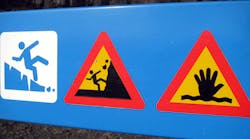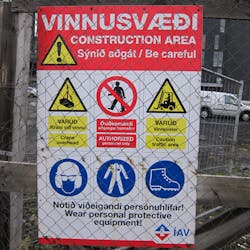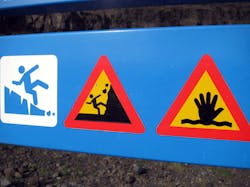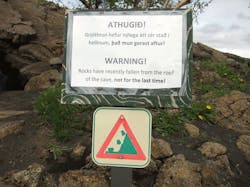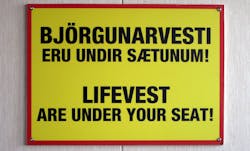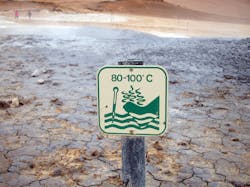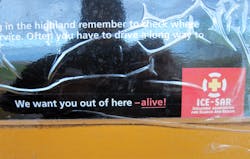I’ve just returned from a two-week vacation in Iceland. During that time, I climbed mountains, visited waterfalls, watched geothermal steam pour from the earth, walked on lava fields, shivered by glaciers and much more. Iceland is a beautiful, surreal-seeming country with amazing natural wonders and landscapes – landscapes that come complete with their own safety concerns.
From falling into waterfalls to dropping off steep gravel roads to being burned by geothermal steam or water, the risks in Iceland were a little different from what I was used to at home.
I couldn’t resist photographing a few safety-related signs throughout my trip. So enjoy this glimpse of tourist safety, Iceland-style:
Voice your opinion!
Voice your opinion!
